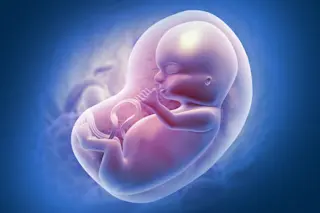Over the past decade evolutionary geneticist Mike Lynch has been articulating a model of genome complexity which relies on stochastic factors as the primary motive force by which genome size increases. The argument is articulated in a 2003 paper, and further elaborated in his book The Origins of Genome Architecture. There are several moving parts in the thesis, some of which require a rather fine-grained understanding of the biophysical structural complexity of the genome, the nature of Mendelian inheritance as a process, and finally, population genetics. But the core of the model is simple: there is an inverse relationship between long term effective population size and genome complexity. Low individual numbers ~ large values in terms of base pairs and counts of genetic elements such as introns. A quick reminder: effective population size denotes the proportion of the population which contributes genes to the next generation. So, in the case ...
Not the origin of genome complexity
Explore genome complexity and its link to effective population size in evolutionary genetics, as presented by Mike Lynch's model.
More on Discover
Stay Curious
SubscribeTo The Magazine
Save up to 40% off the cover price when you subscribe to Discover magazine.
Subscribe












